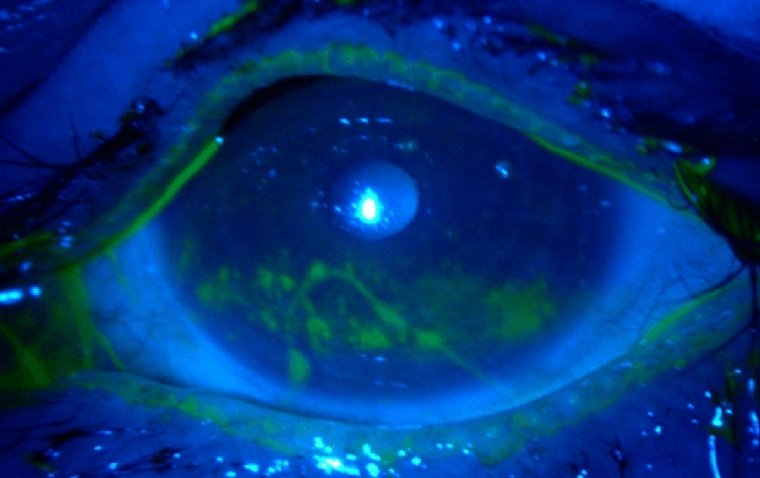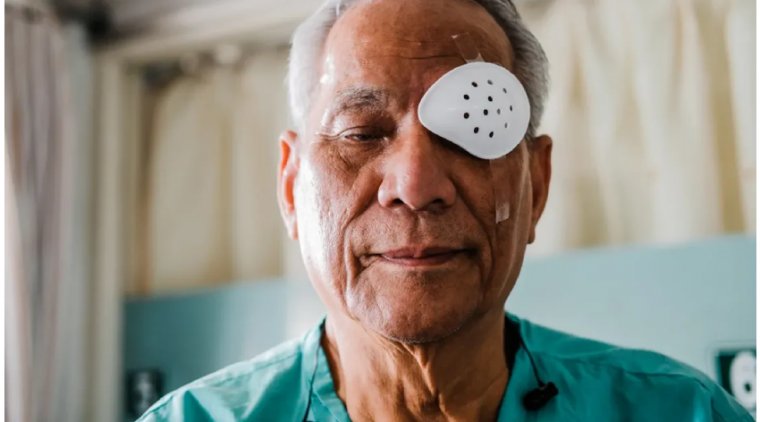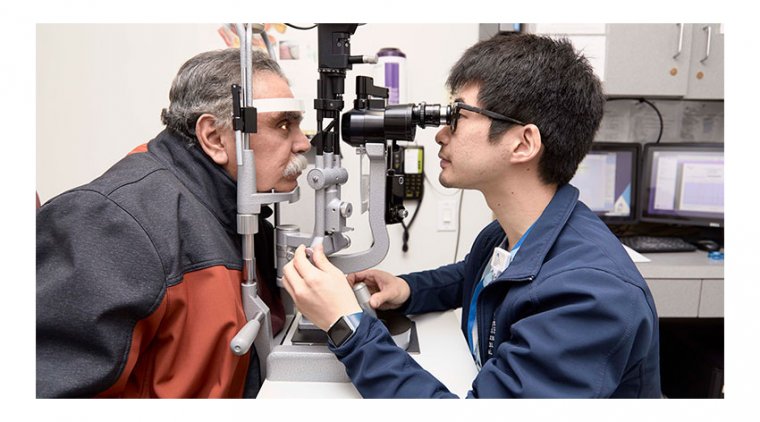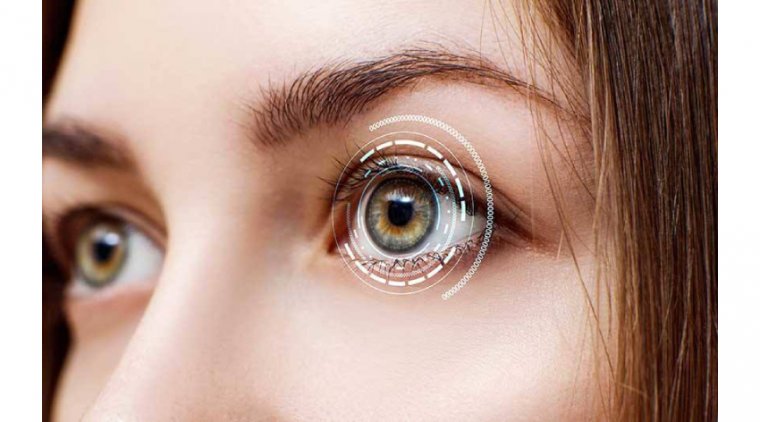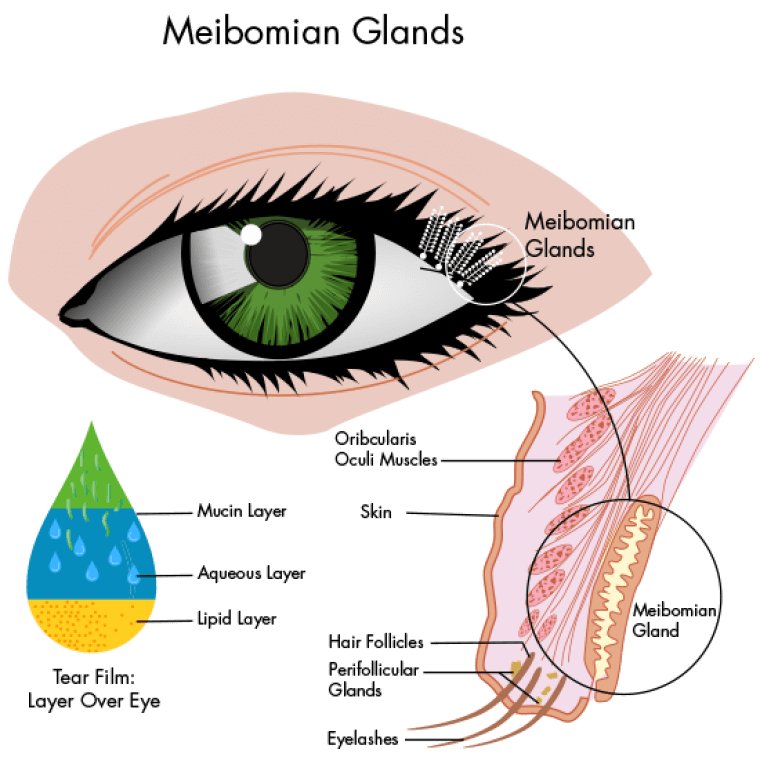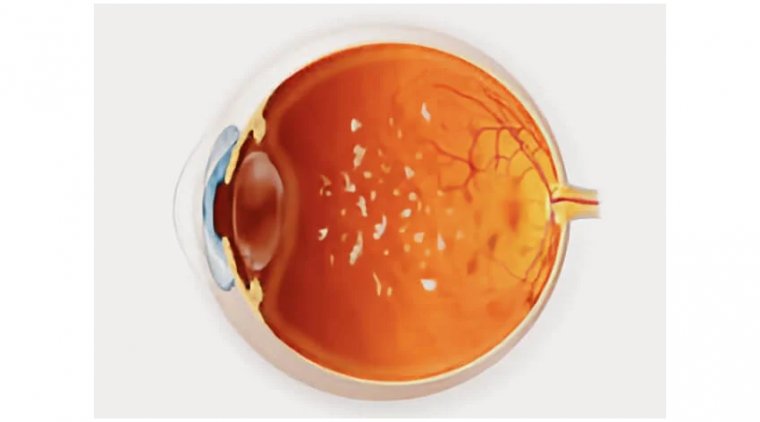
What Is Binocular Vision Dysfunction, and How to Treat It?
Binocular vision refers to the ability of the eyes to work together as a team to perceive depth and perceive a single image. Binocular vision is graded based on the degree of deviation or misalignment between the two eyes.
Grades of Binocular Vision Dysfunction
Binocular vision can be graded based on the degree of deviation or misalignment between the two eyes. There are three grades of binocular vision: first grade, second grade, and third grade.
● First Grade: This is the normal state of binocular vision, where the eyes are perfectly aligned and there is no deviation. The eyes work together to focus on an object and produce a single image. People with first-grade binocular vision have good depth perception and have no symptoms of double vision or eye strain.
● Second Grade: This is a mild form of binocular vision deviation, where the eyes tend to deviate slightly. The eyes may not be perfectly aligned, but they can still work together to produce a single image. People with second-grade binocular vision may experience occasional double vision or eye strain, but it is not severe enough to cause significant problems.
● Third Grade: This is a severe form of binocular vision deviation, where the eyes are misaligned and cannot work together to produce a single image. People with third-grade binocular vision may experience constant double vision or eye strain, and may have difficulty with depth perception. This condition can lead to amblyopia (lazy eye) if not treated promptly.
What Causes Binocular Vision Dysfunction?
Binocular vision dysfunction can cause a variety of symptoms, including double vision, blurred vision, and headaches. The causes of binocular vision dysfunction can be divided into several categories:
Accommodation disorders: Accommodation disorders occur when the eye's ability to adjust its focus on an object at different distances is impaired. This can lead to binocular vision dysfunction, especially when trying to focus on near objects.
Neurological conditions: Certain neurological conditions such as brain injury, stroke, or brain tumor can cause binocular vision dysfunction. These conditions can affect the nerve pathways that control eye movement and alignment.
Trauma: Trauma to the eyes, head or brain can cause binocular vision dysfunction, such as a concussion or a skull fracture.
Exercises for Binocular Vision Dysfunction
While some causes of binocular vision dysfunction may require medical intervention, such as corrective lenses or surgery, certain exercises can help improve the brain's ability to coordinate the eyes and improve binocular vision. Here are some exercises that can be used to improve binocular vision dysfunction:
Pencil push-ups: Hold a pencil at arm's length in front of your face. Slowly move the pencil towards your nose, keeping your eyes focused on the pencil. Once the pencil is about six inches from your nose, hold the position for a few seconds, and then move the pencil back to arm's length. Repeat this exercise several times a day.
Near-far focus: Hold a pen or pencil at arm's length in front of your face. Focus on the pen or pencil for a few seconds, then shift your focus to an object in the distance, such as a clock on the wall. Alternate focusing on the pen or pencil and the distant object for a few minutes.
Eye movement exercises: These exercises are designed to help the eyes move in coordination. Examples include moving the eyes in the shape of a "H" or "X", or following a moving object with the eyes.
Vision Therapy: Vision therapy is a type of rehabilitation that helps to improve visual skills and coordination of the eyes. This can include exercises to improve eye tracking, focusing, and eye-teaming abilities.
Prism glasses: Prism glasses are specially designed glasses that can help align the eyes by bending light. They are often used in vision therapy to help correct double vision and improve eye coordination.
Palming: This exercise involves covering the eyes with the palms of the hands for a few minutes to relax the eyes and improve eye coordination.
Conclusion
In conclusion, binocular vision dysfunction can cause a variety of symptoms, including double vision, blurred vision, and headaches. While some causes of binocular vision dysfunction may require medical intervention, certain exercises can help improve the brain's ability to coordinate the eyes and improve binocular vision.
(1).jpg)


